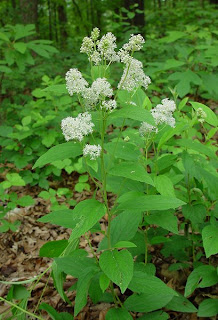ORRIS

Latin Name: Iris florentina
Alternate Names: Florentine Orris, Fleur-de-lis
Family: IRIDACEAE
Parts Used: Peeled rhizome.
Properties: Aromatic, Cathartic, Demulcent, Diuretic, Expectorant, Stomach Tonic.
Internal Uses: Bronchitis, Cough, Diarrhea, Headache, Laryngitis, Liver Stagnation, Pulmonary Edema, Sore Throat
Internal Applications: Mostly used topically. However, It is a mild expectorant.
Topical Uses: Freckles, Halitosis, Headache, Teething
Topical Applications: Juice is used to lighten freckles. Powdered root used to make dry shampoos. Added to potpourris to help them retain their scent longer. Used to scent linens. Perfume. Essential oil, which smells like violets, is used to scent soaps, powders, toothpaste. Large roots are given to supervised infants to teethe upon. Pieces of Orris root have also been used to make scented rosary beads. It was once used as a snuff for headaches. It has also been chewed as a breath freshener.
Culinary uses: Essential oil is added to candies and liqueurs.
Chemical Constituents: Essential oil (myristic acid), isoflavones, ketone, tannin, sugars.
Contraindications: Primarily used externally. Only use dried root, as the fresh root can be cathartic and cause nausea when large amounts are ingested. Some people have reported allergic reactions to Orris, which has resulted in the decline of its use.
Comments: In Greek, Iris means 'rainbow', which describes the wide variety of the plant's colors.
The common name Orris also includes the species Iris germanica, Iris pallida, and Iris violacea, which are used interchangeably with Iris florentina.
The common name Orris also includes the species Iris germanica, Iris pallida, and Iris violacea, which are used interchangeably with Iris florentina.

